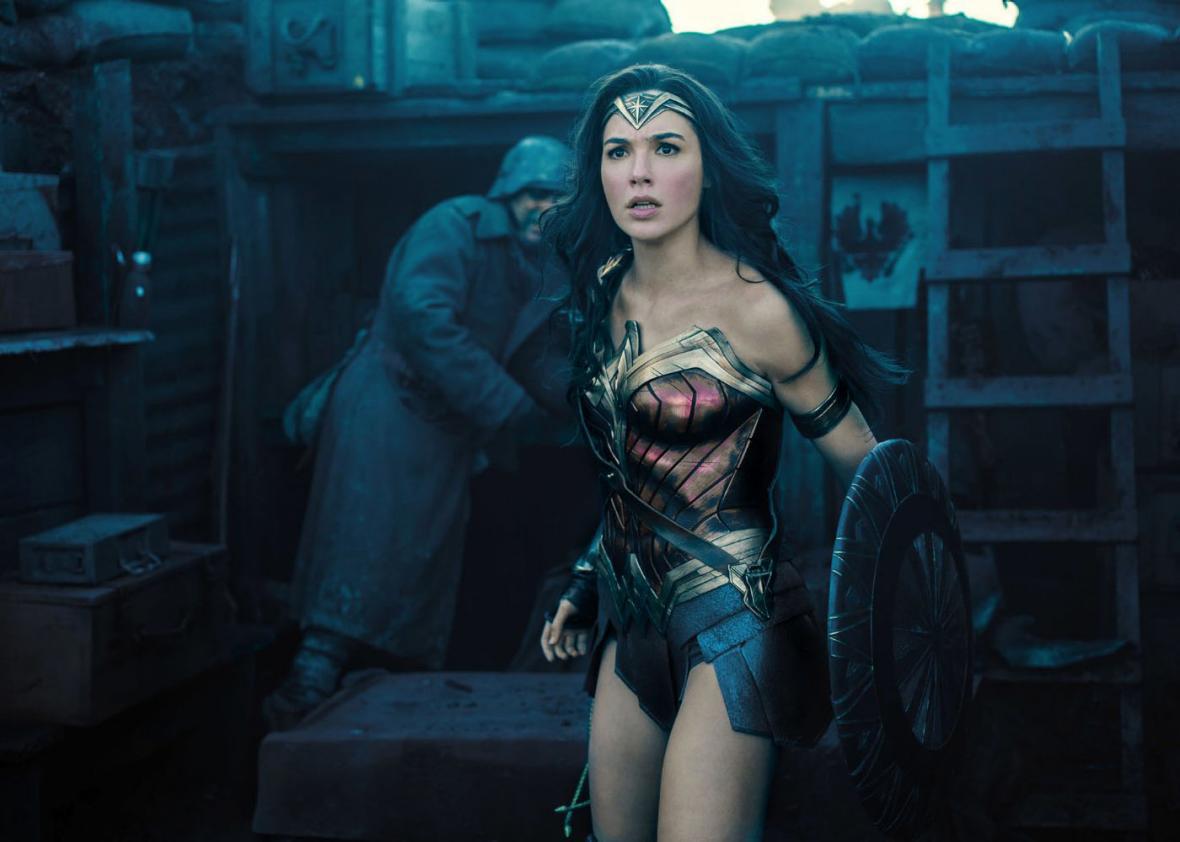For about a decade, researchers at the University of Southern California have been tallying up the speaking and named characters in each year’s 100 top-grossing films in the U.S. Each year, the study’s authors hope they’ll see the demographic makeup change.
But, by and large, the proportion of female characters in the country’s top films has stayed constant since 2007. In a new analysis, USC researchers report that in 2016, just 31.4 percent of the films’ 4,583 speaking roles were female characters, up from 29.9 percent in 2007. That proportion never rose above 32.8 percent in the intervening years. Action and adventure movies included the smallest segment of female characters, at 23.4 percent of all speaking roles. Comedies, with 40.8 percent of roles occupied by women, were the most gender-balanced.
When researchers added race to the equation, the picture looked even grimmer. Of the 100 most successful films in 2016, only 34 had at least one female leading or co-leading role, and just three of those were women of color. There were no black women in 47 of the 100 films, no Asian women in 66 of them, and no Latina woman in 72 of them. More than half of the films had no Latinx or Hispanic characters at all; such characters made up just 3.1 percent of the films’ speaking roles, about one-sixth the size of what the segment would be if it mirrored the U.S. population.
The roles that went to women in 2016 were far more likely to be explicitly sexual than those that went to men. More than a quarter of the female roles in the top 100 films of 2016 involved “sexy attire,” and an equivalent proportion got at least partially nude. Only 9.2 percent of the male roles involved any nudity, and just 5.7 percent of male characters wore sexy clothes. Researchers found that female characters aged 13 to 20 were just as likely wear sexy clothing, get partially nude, and be called attractive as those aged 21 to 39.
This should come as no surprise to anyone who’s ever seen a mainstream film. Previous analyses have shown that while male actors age, the love interests in their films don’t. Women playing the sexy roles in film and TV (read: the major roles) are forever young, seeming not to notice or care how old and decrepit their onscreen boyfriends are getting. Female roles may be hard to come by, but there’s at least one kind of woman who is way overrepresented in films: the woman who fetishizes and lusts after men two or three times her age.
Another recently published USC study analyzed more than 53,000 dialogues in almost 1000 film scripts and found that films with at least one female writer had about 50 percent more speaking women onscreen. But when they spoke, their dialogue was usually written within gendered boundaries. Women were more likely to speak in positive terms and talk about “family values,” while men swore more and talked more about “achievement” and death. The study also found that characters of color were largely written along the lines of racial stereotypes. Black characters, who made up an almost exactly proportional 13.6 percent of all speaking roles in the top films of 2016, speak with a higher concentration of swear words than characters of other races, according to the study. Latinx and multiracial characters talked more about sexuality than their white, black, and Asian peers.
Women were generally not central to the plots of the hundreds of films in the study. The researchers mapped out the characters’ relationships and dialogues, making each character a “node” connected to all the rest. When they removed the female nodes, the plots and other character relationships remained largely intact. Horror films were a major exception, since women were more likely to be the victims in those movies.
These two studies add up to a discouraging assessment of Hollywood today, which is depressingly similar in its treatment of women and people of color to the Hollywood of 10 years ago. Two of the most successful and buzzed-about films of 2017—Wonder Woman and Girls Trip—center women in their narratives, giving advocates for gender equity in film reason to hope. But even in a movie that was supposed to be a major feminist win, at least according to the men who protested it, the title character in Wonder Woman spent a decent portion of the film being ogled and lusted after by men. After so much talk about equal pay and better representation in the film industry, women have ended up with bigger roles that reflect the same narrow tropes.
